5 Pests That Can Damage Your Lawn
You've taken every precaution to keep your home pest-free, but what about when the attack happens outdoors?
Without the proper care and maintenance, your lawn can quickly become overrun with pests lurking beneath the surface. From sap suckers to grass munchers, these are the bugs that can turn your lush green spaces into a barren mess.
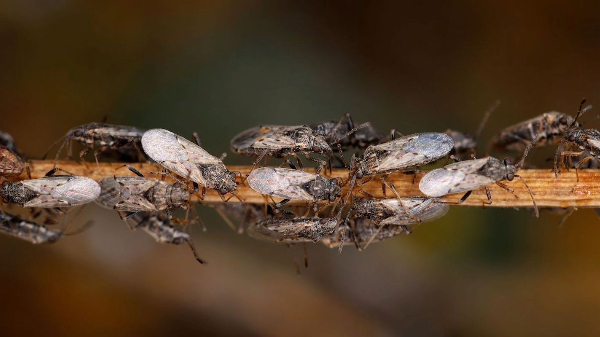
Chinch Bugs
Does your lawn look like the only one on the street experiencing a drought? You may have a chinch bug infestation on your hands.
As temperatures rise, chinch bugs emerge from their winter slumber, ready to wreak havoc on your lawn. These small, black insects with white wings feed on grass blades by piercing them with their needle-like mouthparts. This causes grass to dry out and turn yellow or brown. To make matters worse, chinch bugs also tend to target already-dry grass, damaging your lawn even more.
It’s hard to get rid of chinch bugs on your own, but you can take steps to prevent them. Chinch bugs are less likely to target healthy green grass, so make sure your grass is properly watered and hydrated before summer starts.
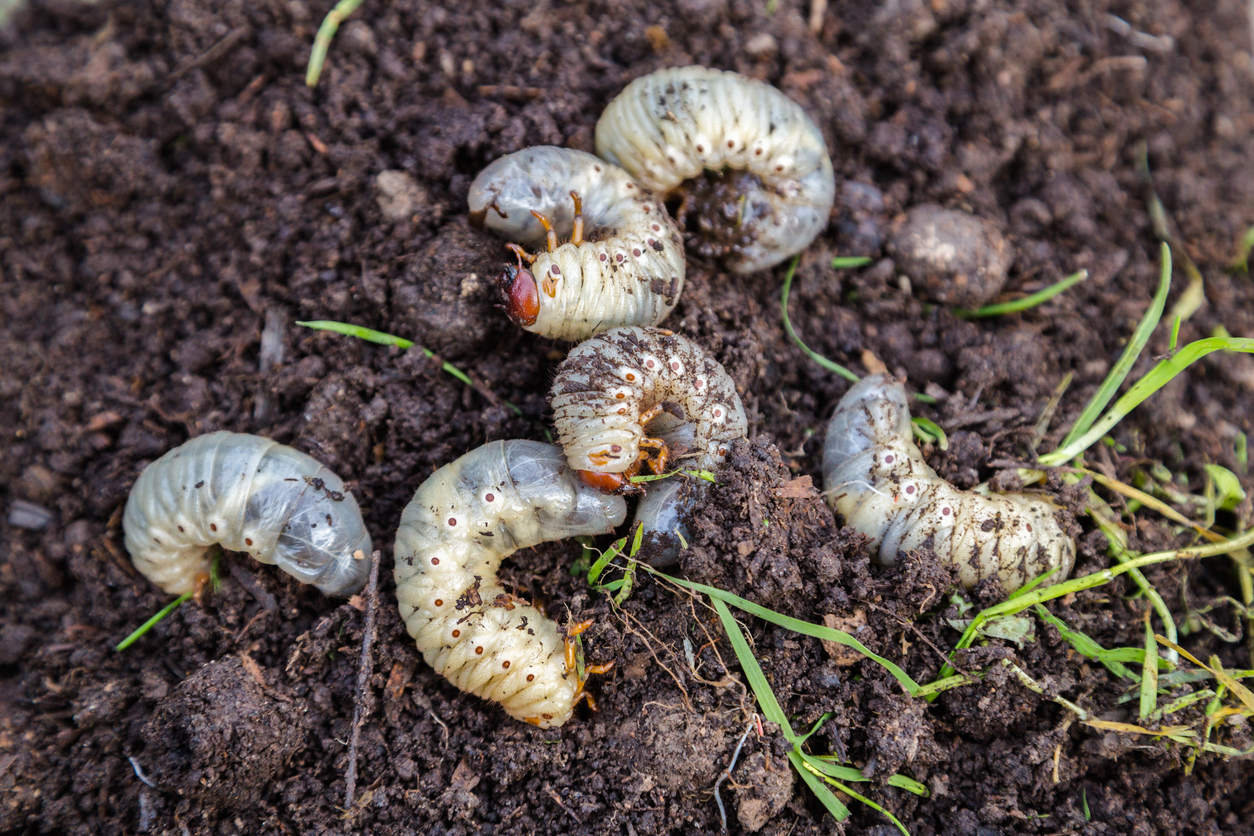
Grubs
Another common lawn pest, grubs are the larvae of summer beetles like June bugs and Japanese beetles. While these C-shaped, white larvae also create dry brown patches in your yard, they have an entirely different method of destruction.
Grubs feed on your grass’ root system, cutting off its ability to absorb nutrients and water. Because the grass no longer has roots, these affected patches can be lifted up just like a carpet. This makes spotting grubs in your yard easy, as they usually can be found right under the dried-out areas.
Once infested, your lawn is likely to become a feeding ground for animals like moles and birds. While these animals can help reduce the grub population, they also may cause further damage by digging up your lawn to eat the larvae.
Proper lawn maintenance can help deter grubs, but be careful not to overwater your grass, as grubs seek out moist conditions to start their destructive life cycle.
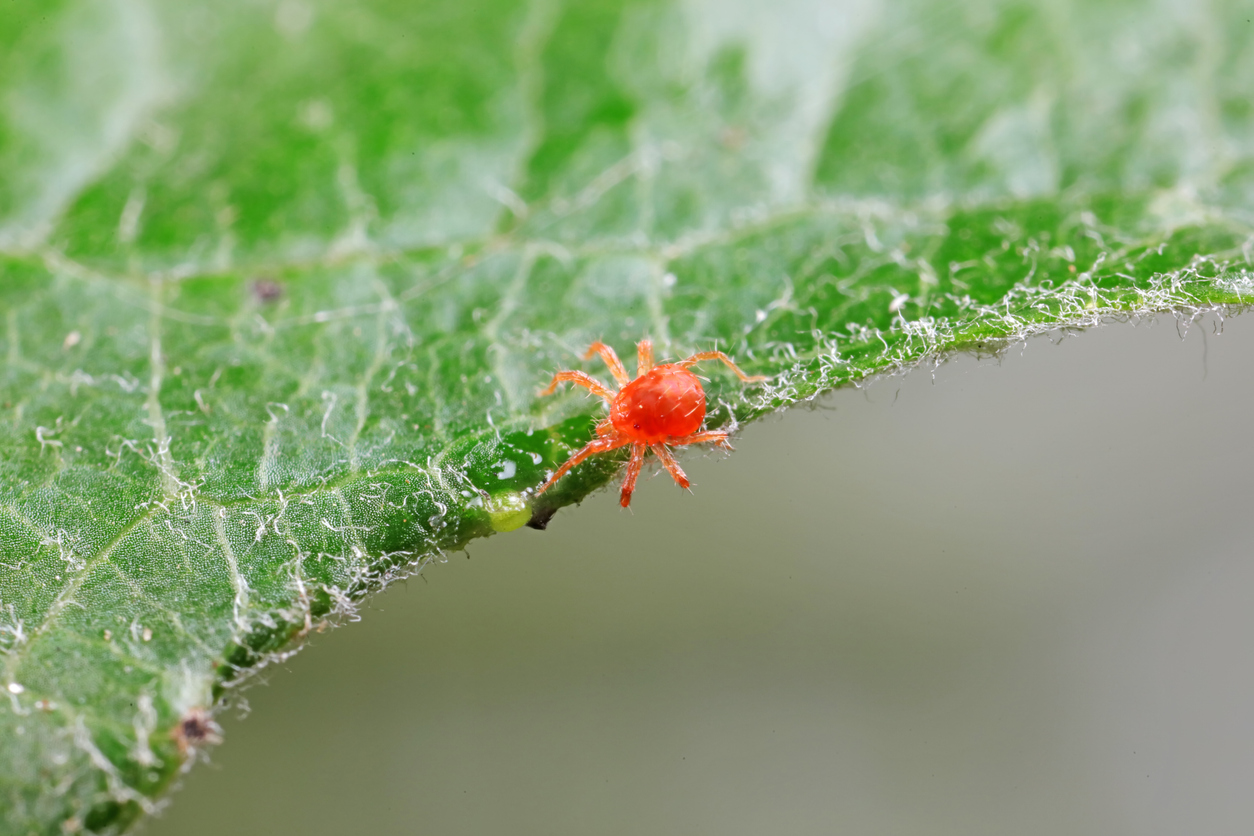
Mites
While technically not insects, mites are still pests that can do a lot of damage. These tiny arachnids are closely related to spiders and ticks, but they’d much rather sink their teeth into your lawn.
Mites feed by piercing blades of grass and sucking out the sap and other nutrients. At less than a quarter of an inch long, dozens of mites will feed on an individual blade at once, giving it a death by a thousand cuts. Given their small size, you may notice your lawn becoming discolored and slowly dying before you see the mites themselves.
Mites are most active during hot, dry weather, so keeping your lawn properly irrigated is a must. If you notice these tiny invaders in your yard, try spreading neem oil in affected areas to deter them.
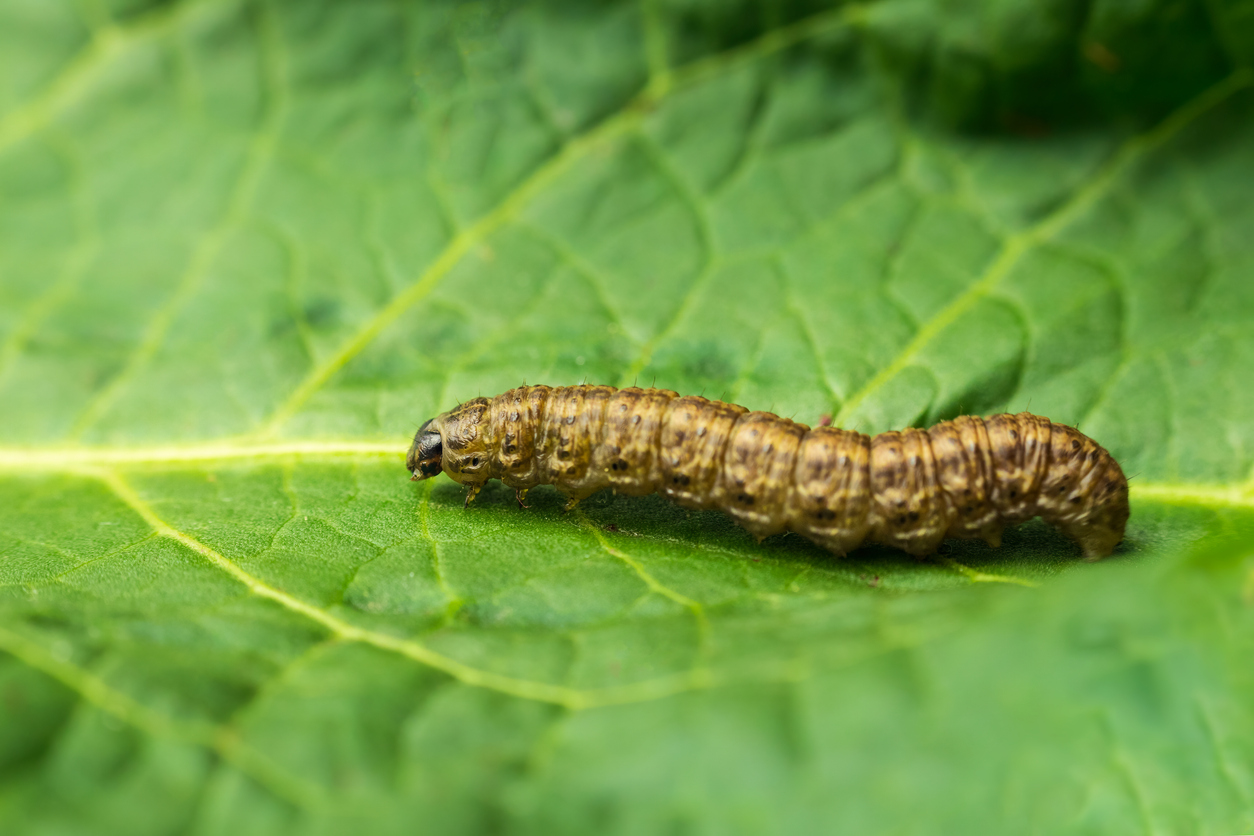
Cutworms
Similar to grubs, cutworms are moth larvae that eat grass stems. This also results in carpet-like sections of grass that can be lifted up. While this may sound familiar, there are a few key behavioral differences that come into play when dealing with cutworms.
For starters, cutworms are sneakier, choosing to do their damage at night and hide during the day. Messy lawns are a cutworm’s best friend, as they like to hide under debris and organic matter. If your lawn has thatch, a layer of dead grass between the healthy grass and soil, you’re also likely to find them there. To prevent cutworms from turning your yard into their next meal, make sure it’s well-maintained and free of debris.
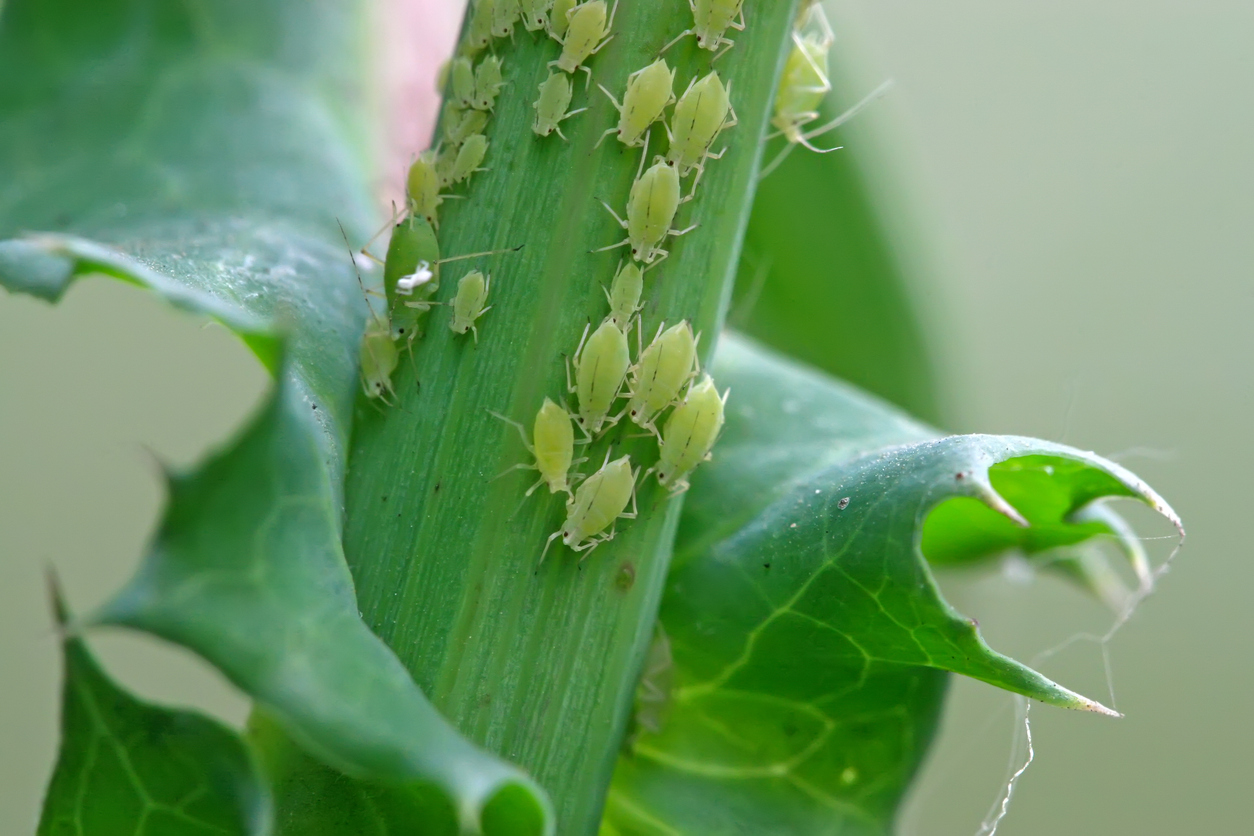
Aphids
Wondering why your lawn became sticky? The answer may be an aphid infestation.
These small, pear-shaped insects suck the sap out of grass blades, causing it to wilt and die. Aphids will then secrete honeydew, a sticky substance that promotes mold growth and attracts ants. These grass pests reproduce very quickly, and before you know it, you could be waging a war for your lawn on all fronts.
Aphids can be a tricky pest to deal with, but there are some soaps and oils you can use to control their population. Planting flowers that attract ladybugs and lacewings, aphids’ natural predators, can also help prevent an infestation.

Arrow Lawn Care Services
When pests invade your lawn, it can make it hard to enjoy your outdoor living space. Our team has specialized training and expertise in lawn pest control, and we’re ready to protect your yard and keep it well-maintained. Contact us today to see if lawn care services are available in your area and get a custom plan to take your yard back from pests.


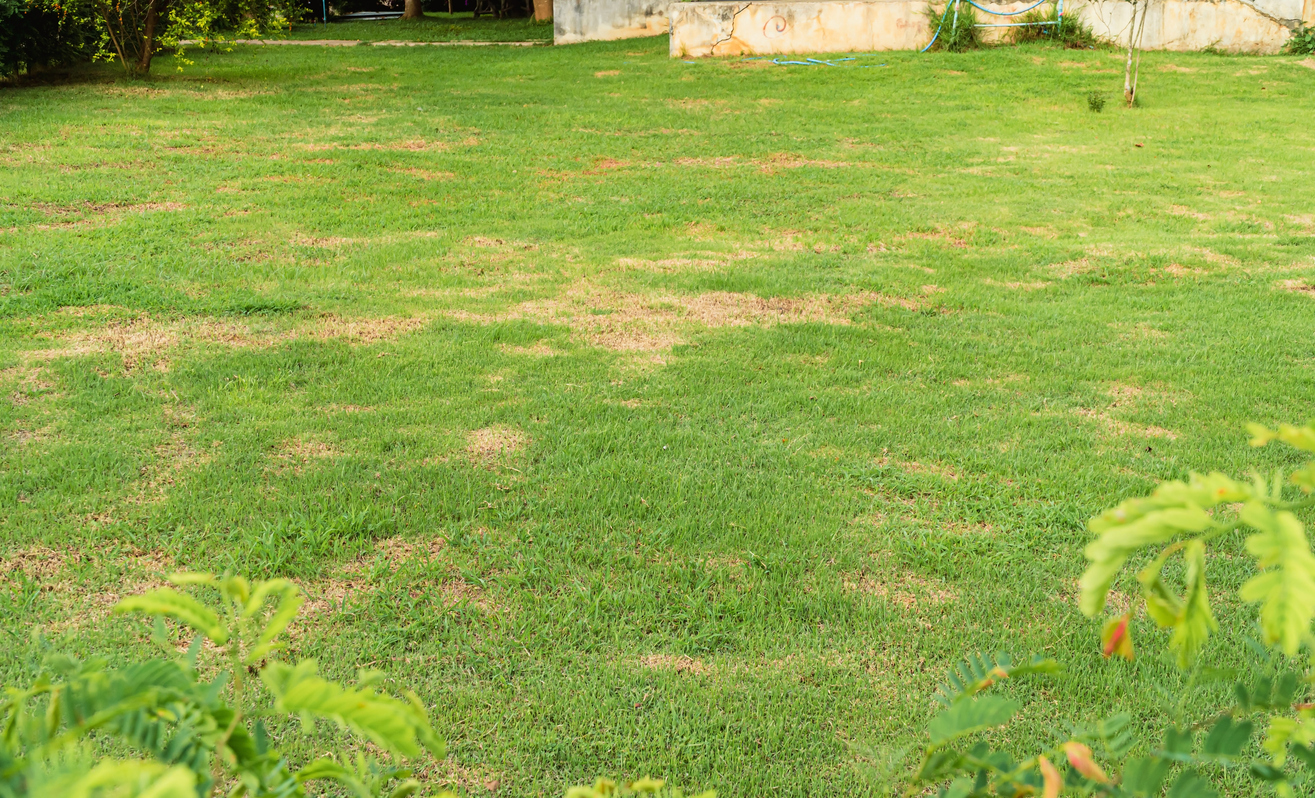




 YouTube
YouTube Facebook
Facebook Twitter
Twitter